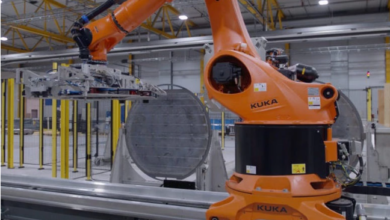Netherlands to support Shell’s H2, CCS endeavours

The Netherlands’ government will aim to support Shell’s plans to reduce its CO2 footprint in the country, including through financial support and accelerated permitting processes for hydrogen and carbon capture and storage (CCS) facilities.
Shell has signed an “expression of principles” with The Hague that sets out an aim to reduce the company’s CO2 emissions from its Dutch plants by 3.9mn t in 2030, compared with a 2020 baseline. This would be equivalent to 20pc of the reductions that the Dutch industry as a whole would have to achieve, according to the government.
A switch to renewable or low-carbon hydrogen and CCS will be key to achieving the cuts, and the document sets out principles envisaged to support Shell in these fields. These could include “financial support through generic financial mechanisms, stimulation of demand for sustainable products, timely decision-making on permit applications, advancing timely availability of affordable energy carriers and required infrastructure for these energy carriers”, based on the agreement.
The government will look to advance the development of the national transport network and at policies providing subsidies and credits, and streamline permitting procedures.
Shell is developing the Hydrogen Holland 1 renewable hydrogen project with a 200MW electrolyser in Rotterdam, the largest such site in Europe for which a final investment decision (FID) has been taken. The firm aims to increase its Dutch “hydrogen project portfolio with a capacity of several GWs”, based on the document.
The agreement specifies the government and Shell will work towards the timely realisation of the Aramis and Porthos projects, which envisage storage of CO2 in depleted North Sea gas fields. The Hague backed Porthos late last year, agreeing to underwrite contracts by the facility’s developers. This was intended to help avoid delays to the project caused by a court ruling related to reporting on nitrogen emissions. Shell is among the companies slated to use Porthos for storing emissions, and it is also involved in the development of the Aramis project.
